ALTOONA, Pa. — For the second time in three weeks, Norfolk Southern has had a minor derailment at the landmark Horseshoe Curve.
This one, at about 4 p.m. on Friday, July 26, involved six cars, all empties, on a westbound freight. The cars remained upright after leaving the track, the Altoona Mirror reports. There were no injuries reported.
Eleven cars derailed at the curve in a July 5 incident. [See “NS cleaning up derailment at Horseshoe Curve,” Trains News Wire, July 7, 2019.]





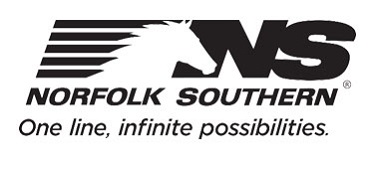

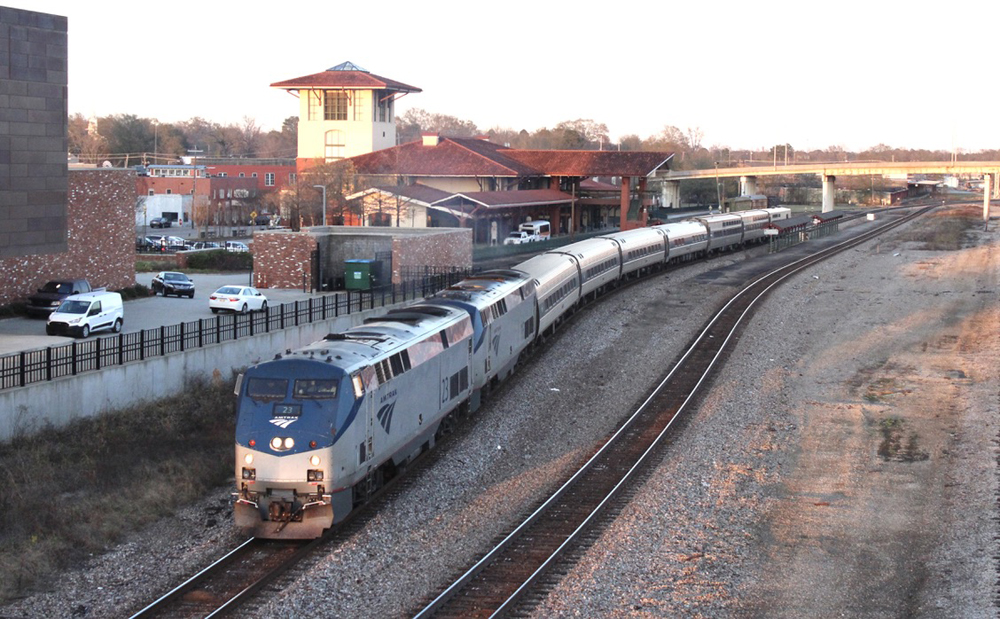
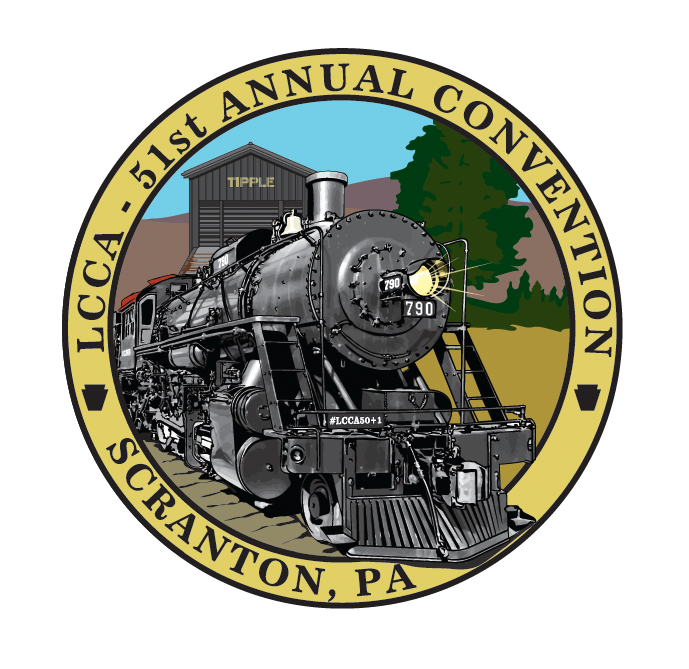
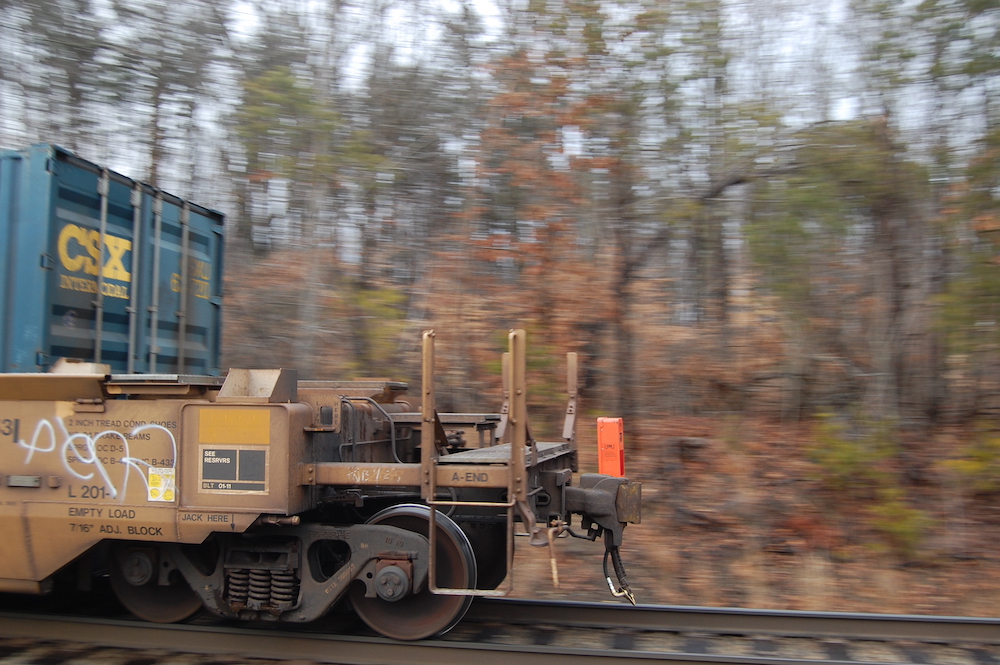
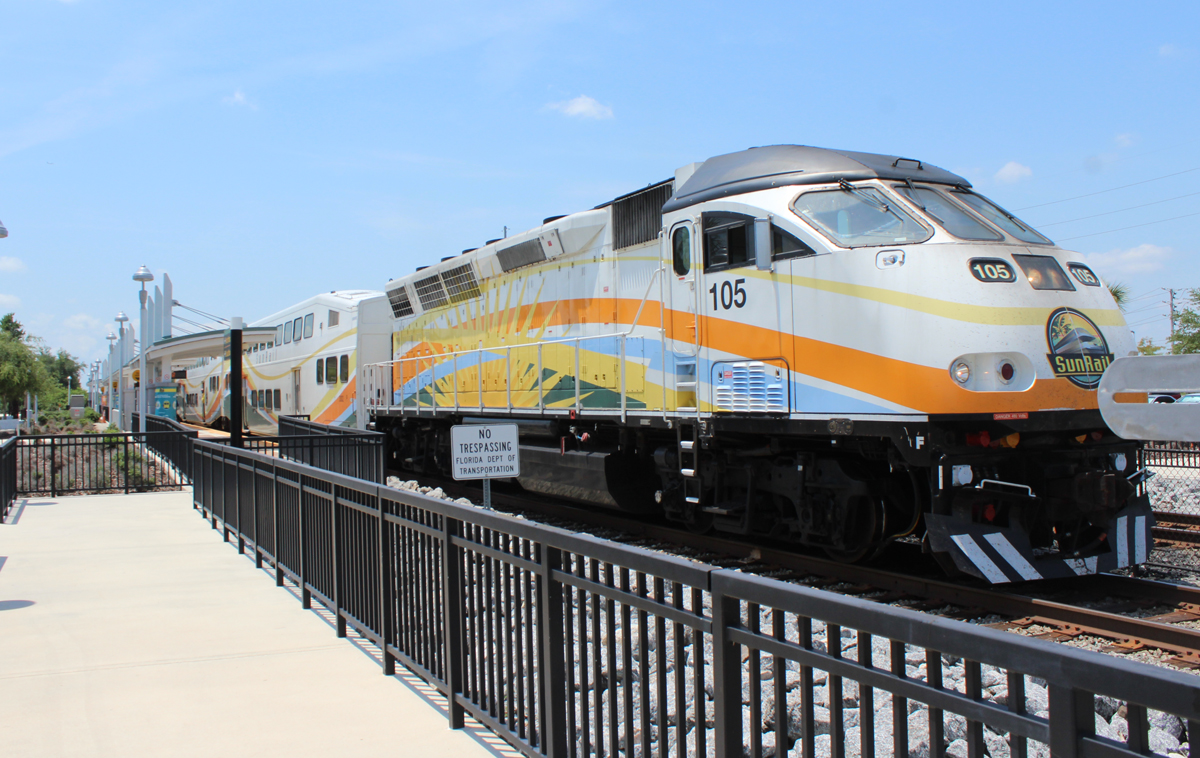




The cars that were involved were m/t lumber cars or sheet rock cars they were in the middle of box cars and general merchendice cars , remember your HO train sets if you had a flat car or cars in the middle of the set and you went around a curve and the front cars were heavier as were the back cars , the middle m/t cars would just tip over and pull the rest off the track , same sanario but with seal train cars!
Steven Bauer’s comment on preblocked trains alternating empties and loads is spot on. This practice practically guarantees that you need to use DPU for such trains. And that has a train makeup cost too. One that there is a lot of “manage to OR” pressure to avoid.
I note comments on computers. I spent years working on computerized communications systems along with voice and data. I’m just a high school grad and Vietnam veteran and yet I had more discussions and enjoyed each and every time I could prove troubles caused by college grad computer programing experts.
Now recently trains featured a story on the “rethinking” of how a train should be made up as concerns types of cars and their handling characteristics along with interrelation of the train length. Using that info “they” could create a program that could put the train together properly to account for car action. Of course you have blocking of the cars to facilitate moves that skew that setup. On top of that the “wheel , Rail interaction group” will point out that track gauge , track profile , tracks on a curve elevation will all effect how well cars go through curves. All of those variables are given to programmers that are trying to create a one size fits all program and because none of them have actually run a train they have no idea what they might be programing wrong. The end result is after multiple wrecks someone will figure out why and the program will be adjusted. Until then these longer trains will have roll over derailments due to stringing of trains on curves. .
I’m reminded of the people that did all the programing for the A bus 300 airplane. On it’s first appearance at the Paris Air Show the pilots did a low level fly over of the field and then the plane crashed after the end of the runway. After checking everything they found the crash happened because the pilots were doing a “touch and go ” maneuver. That move is done by pilots in training all the time. The trouble was programmers did not know that and thought “If you are bringing your plane down onto an airport runway you are going to be landing it”. The end result is the pilots tried to do a touch and go and the computer tried to land the plane and overrode the pilots input commands.
Good old PSR and building bigger trains with fewer crew members will increase investors profits. Next with PTC we go to one crew member or none and it will really generate profits for the investors. That works until the big wreck with Hazmat.
@Brad Lee: Another railroader informed me that this train, like the previous train which had the stringline derailment, had no DP and had more than 200 cars hanging on the locomotive drawbar. The uphill movement observed after the emergency brake application is the result of inertia. When an emergency application is initiated from the front of the train, as in this case, the time that is required for the application to reach the rear of the train can be several seconds. i.e. A 10,000 ft. train will require more than 10 seconds for the brakes to begin to apply on the rear when the application is initiated at the head end. Modern End of Train devices are equipped with emergency dump valves, but these valves must be manually actuated from the engineer’s control stand. Even when activated promptly, there is a reaction time which must be factored in. Therefore, the rear of the train will always “bunch up” towards the head end under such circumstances.
Mr. McFarlane: as a retired software engineer, I take umbrage at “blaming the computer.” Computers only do what they are programmed for, and that depends on the programmer(s). And the programmers implement what they are told by their management. There are exceptions for undiscovered program bugs, and the now increasingly rare hardware glitches, but problems are almost always due to some human failure.
They never were. Managing by spreadsheet always leads to unintended consequences.
It appears that the bean-counters aren’t very good at running a real railroad.
When it’s one of a kind at a given location, you can make excuses that it’s just an isolated incident.
When it’s 2 incidents with exactly the same type of cars that were empty, near the front or directly behind the motive power, at a location with basically the exact same potential for ‘string lining’, regardless of being Horseshoe Curve or any other curve with a radius that is similar, this will continue to happen.
In the second derailment, when watching the replay of the video, I did notice that the pushers had the slack bunched up because there was still uphill movement of the cars below the derailment when the air dumped in the emergency stop.
Some of you obviously don’t read the magazine, there was an article recently that explained all about train makeup…and it has very little to do with empties after loads and a lot more to do with the type of car, whether it’s cushion frame or not, the draft gear, etc.,etc., etc.,…it’s also almost all done by a computer based on the track profile, grades, etc., etc.,…so in this case you can blame the computer and not the humans(unless they didn’t provide the proper equipment characteristics).
I’m just glad that another train, particularly Amtrak wasn’t alongside when the derailments occurred.
The cost of two derailment cleanups, delays to other traffic, outlawed crews, new crews called, track repairs, vs cutting that train into two and using a two unit helper.
Train length isn’t the problem. It is train make up. Using remote DPU’s in the right places help to damper in-train forces. NS needs to take a page from CP Rail’s book on how to manage mountain grades using DPU’s. Maybe these 2 derailments will wake some people up about how they are assembling these long trains.
To quote Doc Brown from Back To The Future, “You’re not thinking fourth dimensionally.” With the emphasis on trains carrying several blocks now for different places (at least that’s part of the plan with the PSR craze now in the industry), loads to the front empties to the rear is out the window. Even if you arrange each destination block in a train like that, best case scenario you will have is loads/empties, loads/empties, loads/empties throughout the train. And do you really think these guys running the show now are going to want to take the time to arrange each block like that? And what do you do if one of the blocks either near the front or towards the middle is predominantly empties and the block(s) behind are loads? And talking with engineers who come down to Suburban off of freight to train where I am at, I hear many of them talk about hard run ins and run outs when using the Energy Management Systems as well. I guess this will be the new “normal” under PSR.
Whether either of the trains in either derailment was a single destination or multiple block train I have no idea.
So I see we are not learning on proper train makeup..
I am speechless. The exact same circumstances as the last time. Worse yet, this train should have never even attempted the hill. It was a knuckle break waiting to happen. Creating a Network Operations Center in Atlanta seems to have left all the institutional knowledge of mountain railroading in the ditch.
Train lengths ridiculously long, expect coupler breaks, derailments. Empties towards back of train based on weight should be consider.
Both times there were empty, light cars behind the engines, with no telling how many thousands of pounds behind just waiting for the right circumstance to pull them off the rail.
Trains are to long now thanks to PSR.